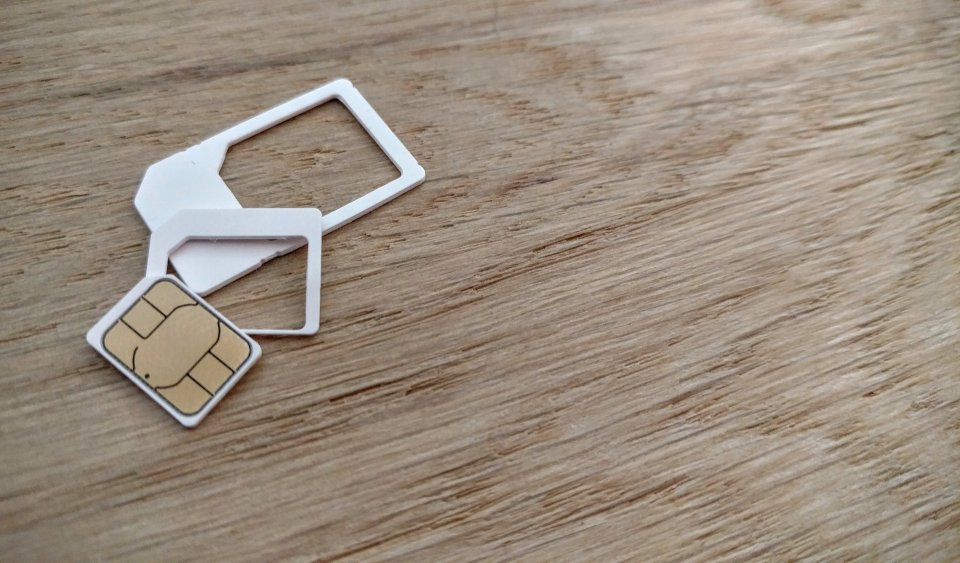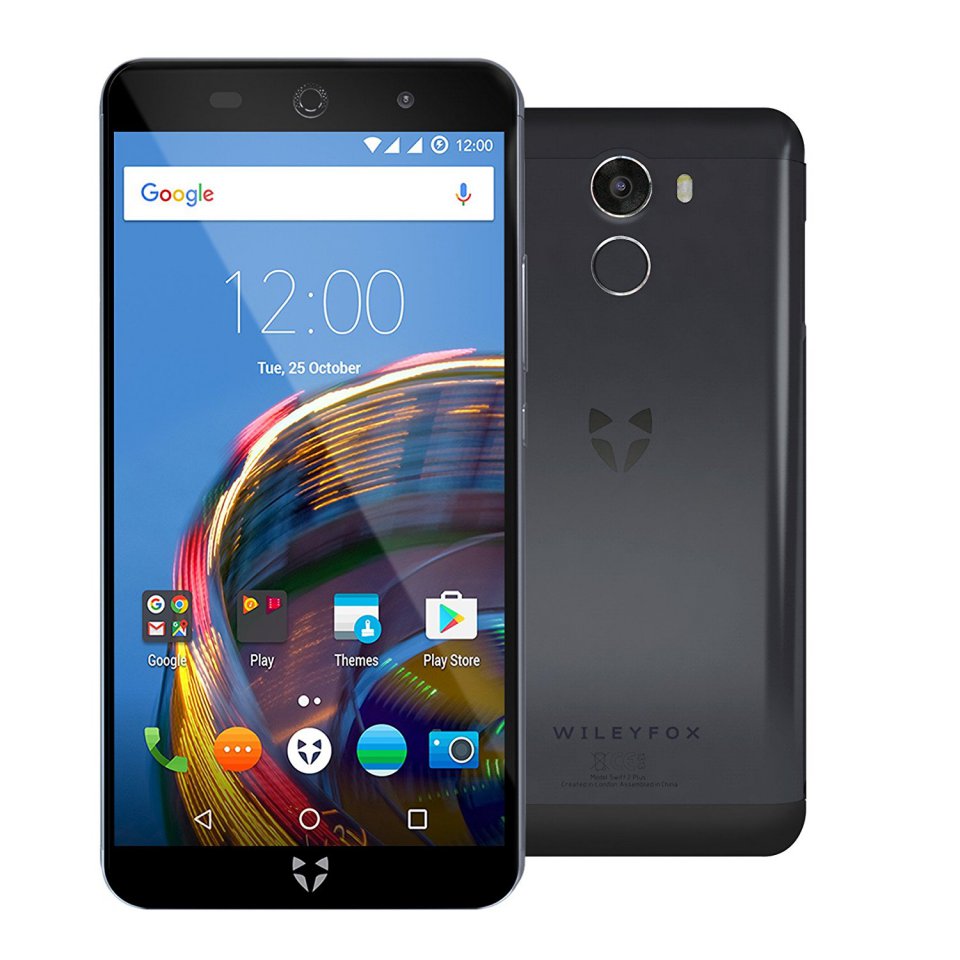If there is any must have tech device the kids are going to want in 2016, it has to be the swiss army knife of technology, the humble Smartphone. In the space of a few short years it has gone from and expensive (yet desirable) novelty, to the thing most of us rely on for communication, information and entertainment. And the kids want one.
For any parent it is a big decision to allow their son or daughter to have a smartphone, you are giving them private access to the most powerful communications platform there is, and you are trusting that they will use it sensibly. For more information and links about helping your kids stay safe online, read the Staying Safe section further down this article.
Smartphone Checklist
So, you have agreed they are allowed one. Now you must help them buy the best device, and there are a number of things to consider:
- What your budget is
- What features you want the device to have
- What software the phone runs
- Whether to go pay-as-you-go or monthly contract
- How many minutes, texts, and MB’s you think they need
Budget
Owning a smartphone is quite a big responsibility, and some kids are just not very good a looking after things, so for their first phone you might be reluctant to splash out on the coolest (and most expensive) phones such as the Apple iPhone 7 or Samsung Galaxy S7, with the thought that it may come back one day with a smashed screen or not at all. But fear not, there are some pretty decent smartphones available to suit most budgets, from £50 upwards.
You may also be happy to spread the cost of the phone over 2 years through a monthly contract.
Features
Your budget is in part going to dictate the features you are going to get, if you are in the £50 area, you are going to get really basic features, making the phone only suitable for basic tasks such as email, browsing, and social media. But move up the budget scale a bit and you will get more screen space, better photos, and gaming capability.
For a good overall experience, your main interface with the device (the screen) should be a good resolution, I recommend at least 1280x720 pixels on a 5 inch screen, which is pretty standard for a mid-range smartphone.
The speed of the handset can make a big difference to the usability of your smartphone, so try and go for something that has got solid hardware specifications, a good midrange baseline here is a 1.2GHz Quad-core processor with at least 1GB of RAM, at this speed RAM will make more of a difference to your user experience, so go for a handset with 2GB if you budget allows.
We all love images, so look out for at least a 5MP (Mega-Pixel) shooter on the back, and if they love selfies, then a 2MP front camera should do their beautiful faces justice. Check also that you can record video at a minimum of 1280x720 pixels @ 30 frames per second.
Software
Something that can be easy to overlook, but is probably one of the most important considerations here is the software the phone runs. Whilst there are a number of platforms out there to choose from, for me there are only two you should consider, iOS and Android.
The reason for this is simple: apps, the other platforms out there simply do not have the support that companies and developers give these two platforms. As a choice between them, unless your budget stretches to an Apple iPhone, you are going to want to buy Android. On this platform there is a huge range of smartphones to suit all requirements and budgets.
The latest version of Android is 7.1 Nougat, but with its recent release, you should be looking for handsets with the previous version 6.0 Marshmallow. Software support from the device manufacturer is also critical, try to buy from a well-known manufacturer so your device will receive software and security updates.
Before you buy, check online to see whether the manufacturer has indicated that the device will be receiving an upgrade to Android 7.1 Nougat. In the latest version, Google have solved the issue of being able to apply security patches immediately as opposed to waiting for manufacturers to integrate the changes and update their customers’ software, so it is worth making sure you are going to receive it. Manufacturers normally support their devices with updates for 2 years from release, but some lesser known brands may not be so committed.

Contract or PAYG?
There is a bewildering range of smartphone connectivity deals out there, but the main types are as follows:
Pay-as-you-go
There is no contract, you simply add credit when you want to, often you can use the credit to purchase bundles of calls text and data which can work out cheaper, just beware that the bundles are only valid for 1 month, and will run out whether you have used your quota or not. Expect to pay around £10 per month for a reasonable bundle.
SIM Only Contract
Purchasing your handset outright and hooking it up with a SIM only deal will normally work out to be the cheapest option, it does mean that you have to fund purchasing the handset upfront, but over the course of 2 years (The standard length of a contract where the handset is bundled in), it should work out cheaper. If you purchase a good quality handset with good manufacturer support, you could easily get 3 or 4 years out of the device which makes this a no-brainer.
Contracts start at as little as £5 per month, and you can get some pretty good deals in the £10 - £15 range. Most deals offer “unlimited” texts, which usually have a fair usage policy of 5000 per month, which is ample for most people’s needs.
Talking is so last century, for todays youth it is all about data. So make sure your deal offers at least 1GB of monthly allowance, or more if budget allows. You can often get a better deal by phoning your current network operator, and getting a discount on a second contract. As an example, I phoned my operator and got a 4GB/5000 txt/200 mins deal (Plus other allowances) for £13 per month on top of my primary contract.
Contract with bundled handset
If you want a more expensive device, but don’t want to pay upfront, then getting a contract with a bundled handset is the way to go, the trick to working out if it is a good deal or not is to add up the total cost over the period of the contract (normally 2 years).
So if the handset is free, and the contract is £35 per month, then over the course of 2 years it will cost you £840. If you minus off the cost of the equivalent package as a SIM only deal, say £10 per month or £240 over 2 years, then you are paying £600 for the handset.
Often the more expensive the handset and contract is, the more minutes, texts, and data you will get, just consider here that if you are not using the allowance, then you are paying money for nothing, and you might be better off asking for a deal where you have a smaller allowance, and pay for some of the handset upfront.
Recommendations
Here are my recommendations, both are midrange smartphones, with a few other options:
Motorola Moto G4
A budget version of its big brother the Motorola G4, the Moto G4 packs some great features for its £160 price tag. You will get a 5.5 inch full HD (1920x1080 pixels) screen, an Octa-core 1.5GHz (4)/1.2GHz (4) processor, 2GB RAM, and a 13MP camera. 16GB of storage is onboard with an external microSD slot for expansion (Up to 256GB). It is also splashproof, and through the manufacturer website, you can customise it.
Other options available here are the play edition, which is cheaper and offers a vanilla version of Android, so you will get updates much quicker and there won’t be any bloatware, but it only bundles 1GB RAM. See the full range on the Motorola Website.
Wileyfox Swift 2

Probably not a manufacturer you will have heard of yet, but they are one of a number of new manufacturers making high quality smartphones at affordable prices.
The Swift 2 gives you a lot of bang for your buck, with an Octa-core 1.4GHz processor, 2GB of RAM, a 5 inch 1280x720 HD display, 13MP camera, 16GB storage and a MicroSD slot (Up to 64GB), it doesn’t quite match the screen and expansion of the Moto, but you do get a fingerprint reader for extra security. The other killer feature is the software, which is a version of Android Marshmallow called Cyanogen OS, born out of an open source community project, it is blazingly fast and packed with useful non-intrusive features.
The swift 2 also comes in at £160, but you can pick up the previous version for £99. See the WileyFox website for more details.
Stay Safe
It is important to talk to your child about safe and responsible usage of their new device. Here are some really good resources for parents to help you give your child the correct help and advice about setting up and using their new smartphone:
Communicate
Talk to them about how to manage their resources such as minutes and data, and discuss how to use the device safely. Find out more in The Parents Guide to Technology from our partners the UK Safer Internet Centre.
Parental Controls
The Internet Matters website is the go to site about online safety for parents, it includes advice and info about parental controls for smartphones amongst other things. Also to look for specific parental control tools, try the SIPbench website from the european union for independently reviewed parental control tools.
Smartphone Security
It is really important to make sure your new smartphone is setup securely, firstly make sure you have some antivirus software installed, there are many great free antivirus solutions that can be installed from the app store on your smartphone.
There are many other things you can do to have a more secure experience, such as:
- Setting up a lock screen
- Restricting app permissions
- Scheduling regular backups
- Encrypting your phone's storage






